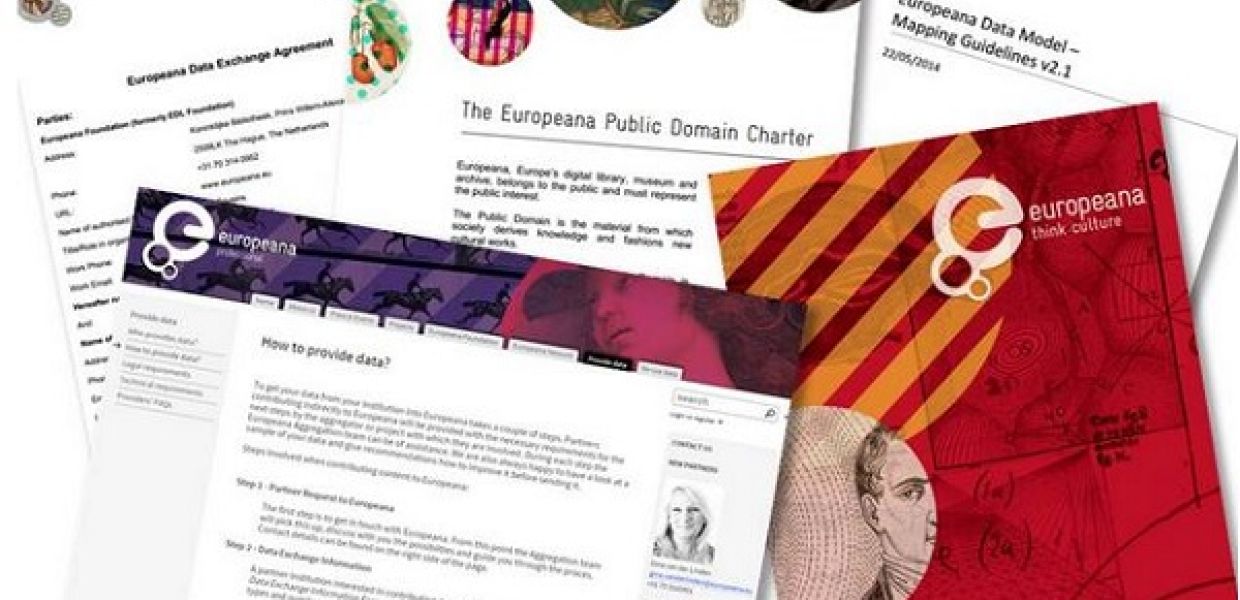Everything you need to know about publishing data on Europeana

By Henning Scholz, Partner and Operations Manager
Europeana has brought together over 36 million digital objects from the online collections of more than 3,000 galleries, libraries, museums and archives from across Europe. While we will continue to be as inclusive as possible and collect the diversity of digital cultural heritage that is available, we will focus on the improvement of the quality of data; accessibility, accuracy or consistency of metadata and content are key components of the service we want to develop together with our data partners. This focus on improving quality has been highlighted as a key priority in Europeana’s Strategy 2020.
So how can we achieve this? One of the things that has become clear in our consultation with aggregators and data partners is that there is a lack of clarity about what the minimum standards or acceptance criteria are for publication. Over the years, these acceptance criteria have been discussed and laid down in various documents and policies ranging from the Data Exchange Agreement to the Public Domain Charter and the EDM mapping guidelines, but there wasn’t one single document that clarifies all our policies for publication. Therefore, the Europeana Publication Policy brings all of the existing information into one concise document.
The Europeana Publishing Guide is intended to guide and help aggregators and data partners to share their data and improve Europeana in a uniform and consistent way. We developed a set of clear criteria to better understand what we need in order to ensure that our digital data is always authentic, trustworthy and robust. As the acceptance criteria were developed based on real life scenarios, it also facilitates their implementation in the day-to-day work of the Europeana Aggregation Team. In addition, the acceptance criteria were developed based on existing documentation and policies as mentioned above to ensure the Europeana Publication Policy is a concise reference document.
I hope you find this a useful guide on metadata and content requirement for Europeana. If you find something missing or unclear, please let me know.

